American Railway Explorer/D&RGW executive car Kansas (rebuilt from a coach by the D&RGW and originally named Wilson McCarthy), dome-sleeper California (originally Spokane, Portland & Seattle dome-sleeper 306, later Amtrak 9211), and diner Utah (originally a Rock Island car) had gained prominence for bringing up the rear of the D&RGW Ski Train in the 1980s. The trio had been stored in Los Angeles for occasional charter service since the abandonment of the planned American Railway Explorer cruise train project in 2010. The proposed cruise train would have used the cars along with former GrandLuxe/American Orient Express cars which later found their way to several other projects. Philip Anschutz, the former owner of the D&RGW and Southern Pacific railroads, is a primary stakeholder in both ARE and Xanterra, the operator of the Grand Canyon Railway and a National Park concessionaire.
According to GCRY officials, the cars will be stored in a secure carbarn being constructed adjacent to the railroad’s shops. However, it’s uncertain if the cars can or will operate in Grand Canyon Railway service. For example, the GCRY has expressed a desire for a fifth “short dome” to augment its four regular domes and two full-length domes, but dome California is a dome-sleeper not suited for GCRY operation without an extensive retrofitting or rebuild of the interior. The companies are jointly “exploring options” for the cars, according to officials. For example, one suggested plan, chartering the cars for overnight stays at the South Rim, would fall afoul of National Park Service regulations regarding overnight lodging in vehicles.





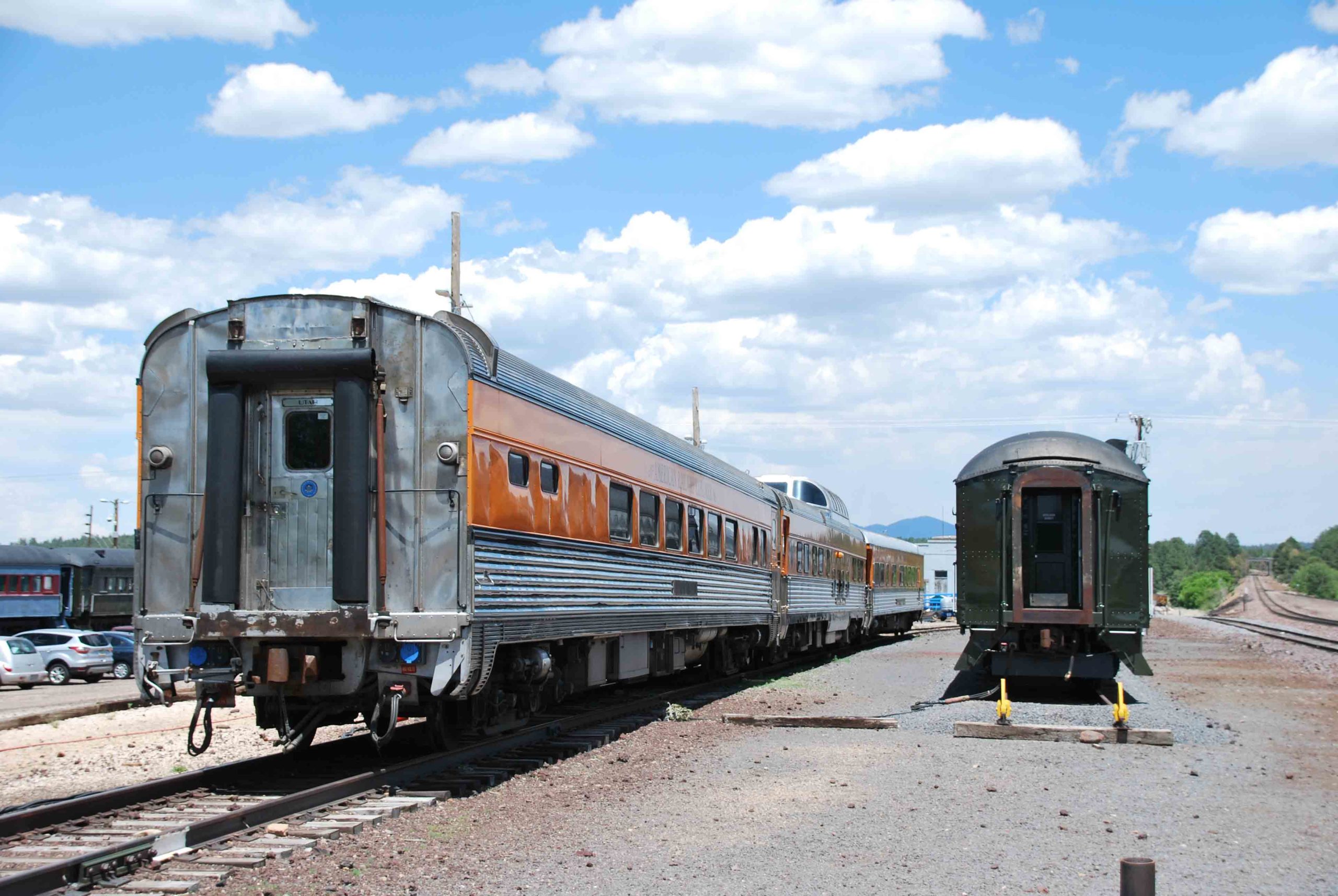

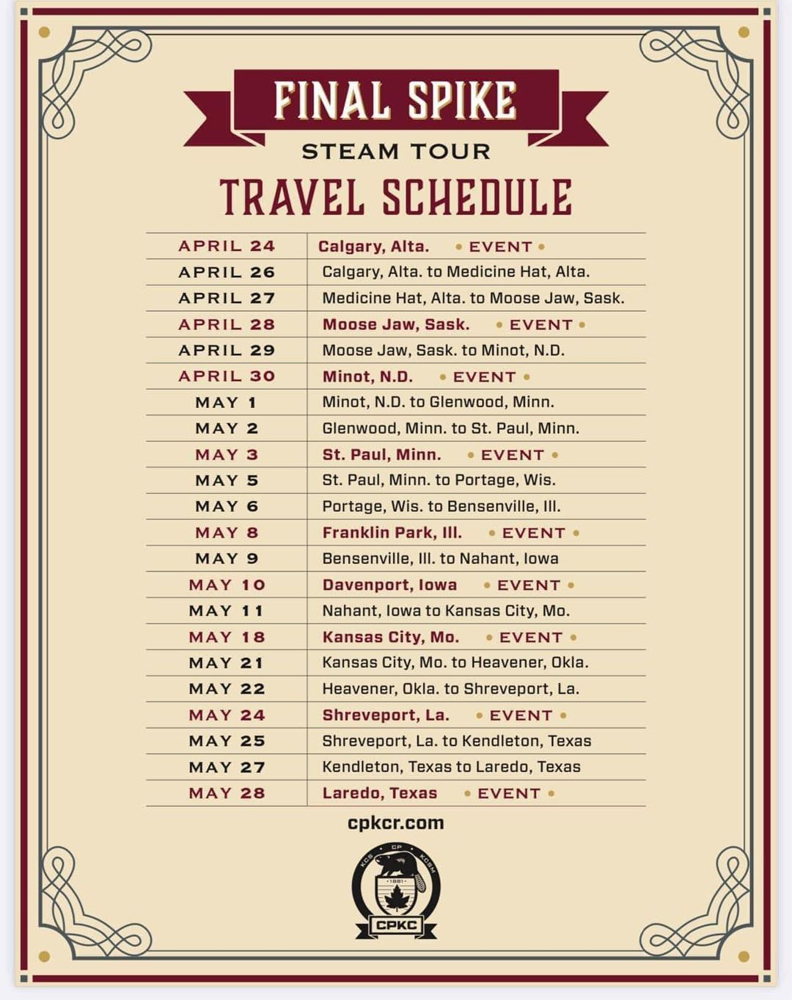
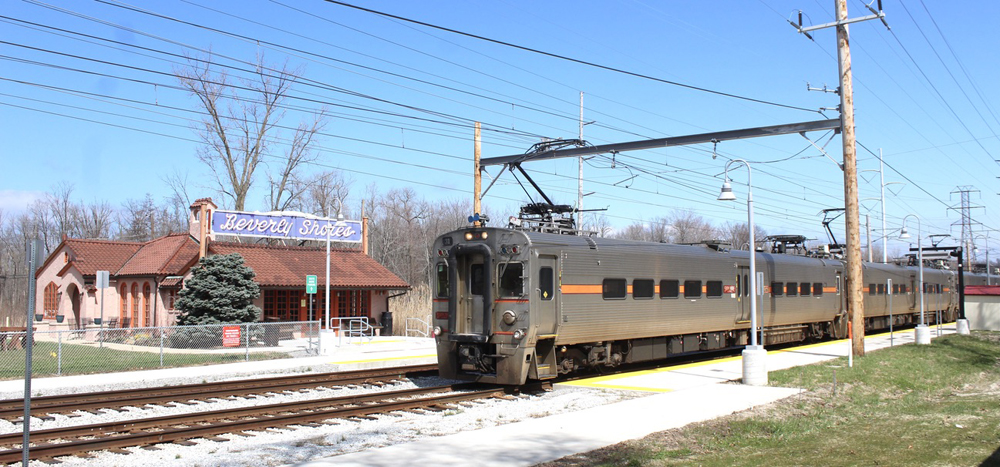
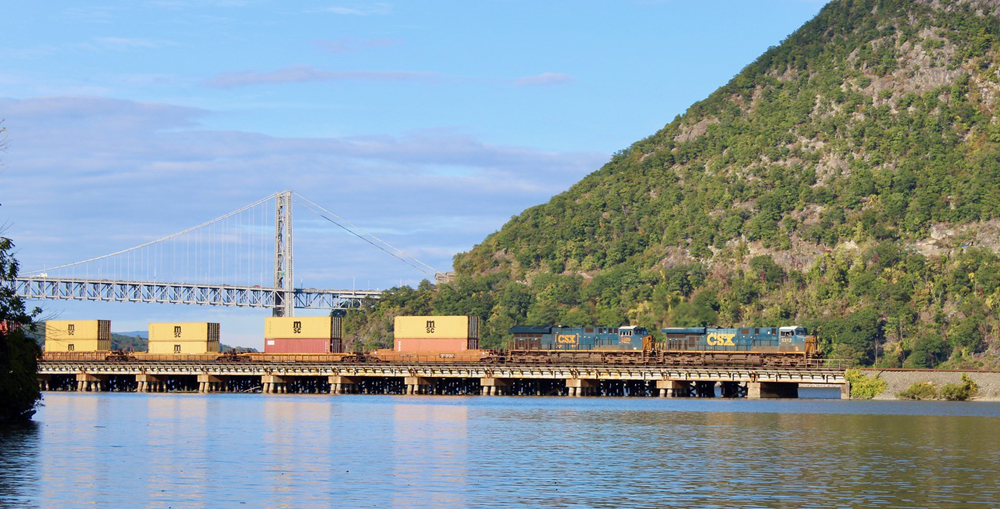
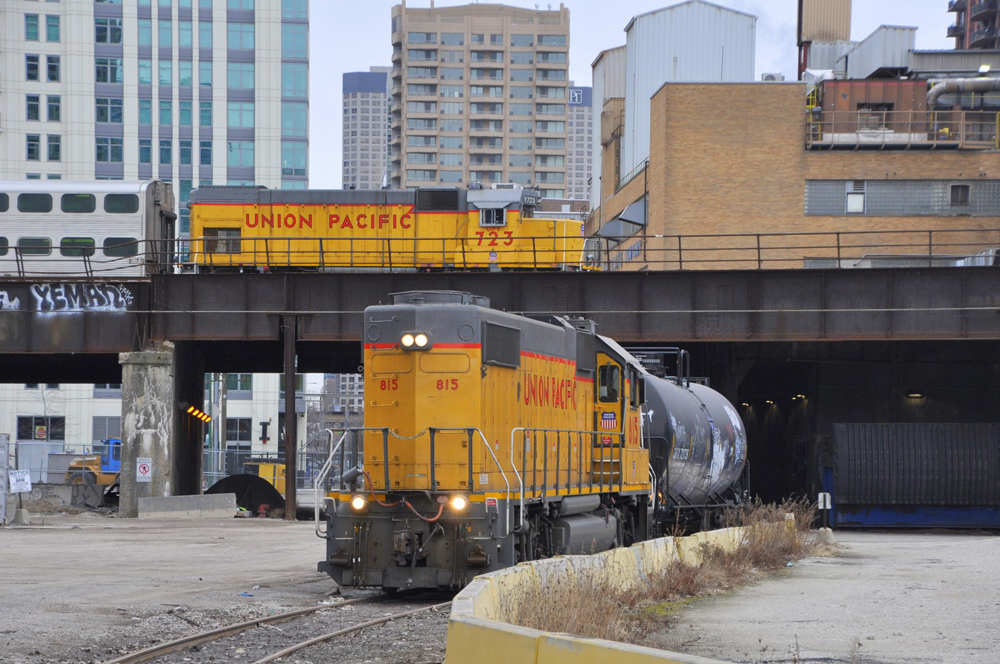




If you are going to have people sleeping in cars, why not run an overnight service from Phoenix including the airport up to Grand Canyon.
I will leave it to Mister Mitchell (since he wrote the article, and I presume has the facts) to pass on the feasibility of the idea.
But I will say this.
All these things were built to make money. They exist for that reason. If someone can put together a business plan that shows profitability (and hopefully without damage to the local environment) then it could be made to happen. Otherwise, the cars will not be used, not for that purpose.
Maintenance, even if not used, costs money. If these cars are not put into some kind of revenue service there will come a time when they will be declared surplus and disposed of. Let us hope that if and when that comes to pass, they will not go to the knacking yard.
The above comments are generic in nature and do not form the basis for an attorney/client relationship. They do not constitute legal advice. I am not your attorney. Find your own damn lawyer.
National Park Lodging is often completely filled—campgrounds and lodges—and people staying in train cars would e a way to increase overnight capacity without new buildings or a substantial infrastructure change.
Google Earth image of 2 years ago shows 4 tracks at the Grand Canyon rim station. Can’t one of them be used for parking some cars overnight?
“But, GCRY and Xanterra are separate corporate entities and any revenue sharing would have to be worked out between them. “
Correction: Xanterra owns the GCRY outright, having purchased it from the Biegerts in 2007. Anschutz the person owns a controlling interest in Xanterra.
It’s the private cars that are owned under a separate Anschutz corporate entity (American Railway Explorer), and for whom some paperwork shuffling would have to occur. Having said that, however, as of this week the former ARE website, which included car histories and charter rates, now automatically forwards the prospective viewer to the Grand Canyon Railway website home page……..
As the author of the article, let’s just say “it’s complicated.”
There are numerous issues that would rear their heads where the GCRY to attempt to offer parked PVs at the South Rim, from sewage hook-ups to electricity to water usage (remember, this is a railroad that already drags tank cars of WATER (reclaimed and treated rain water, no less!) to the South Rim to refill steam locomotives for the limited steam runs they do. Further, the GCRY does not have a multi-track coach storage yard like the Santa Fe had–that turned into the train-bus transfer lot opposite the South Rim depot.
I was told by the GCRY that, thus far, the only way such a service could be operated was if the cars were parked OUTSIDE the Park fee boundaries, which means around Apex or Tusayan Village/Grand Canyon Airport–and an additional siding and track would have to be built.
The question would be, would the revenue raised from such a service cover the expenses of additional track, whatever NPS fees would be assessed, maintenance on the cars, staffing, etc.? We can presume that’s what’s being “explored.” Remember also, there was an attempt to install shuttle trains and/or electric light rail from Tusayan to the South Rim, and that never came to pass even after the construction of a depot just for such purposes on the South Rim wye.
Mister Pickens:
True. Philip Anschutz has his finger in both pies. But, GCRY and Xanterra are separate corporate entities and any revenue sharing would have to be worked out between them. Given that they are sister corporations I would not expect there to be any major problems.
I also would not expect any major problems in getting a variance from the National Park Service. This is a limited use, controlled item we are discussing.
The main question, as I see it, is financial. Does GCRY see a market here where they can make money? I would certainly hope so. Those cars must pay for themselves or we will soon lose them.
I would love to spend a week in one of them. But I am but a humble purveyer of bombast and rude words, and would never have the wherewithal to do such a thing. Alas.
The above comments are generic in nature and do not form the basis for an attorney/client relationship. They do not constitute legal advice. I am not your attorney. Find your own silver tongued lyer.
Anna Harding – Since the principal of the GCRY is also a principal of the operator of the traditional Grand Canyon lodgings, Xanterra, offering lodging in a dome-sleeper car seems more about gaining a new market niche rather than just maximizing existing guest room-nights for revenue.
The ban on overnight sleeping in vehicles in a national park is not absolute. You may, for example, sleep in your RV in a designated campground, as long as you have paid the fee for doing so and you are in a campground which permits such activity.
It should therefore be not too great a problem to obtain a variance allowing overnight use of one of these rail cars at the South Rim. There are other stakeholders however. The various lodges and suchlike which would lose custom because you are sleeping in the rail car and not in their lodge would expect to be compensated for this loss of business.
However, given the cost to the consumer of chartering one of these cars overnight, perhaps this compensation could be built into the ticket price and still result in a reasonable (“reasonable” is in the eye of the beholder) tariff.
It would, for example, be one hell of a honeymoon to spend a week in your own private railcar, with all the trimmings, at the South Rim of the Grand Canyon. The question then obtains, are there enough people willing to pay for such a thing to make it worth offering?
The above comments are generic in nature and do not form the basis for an attorney/client relationship. They do not constitute legal advice. I am not your attorney. Find your own filthy ambulance chaser.